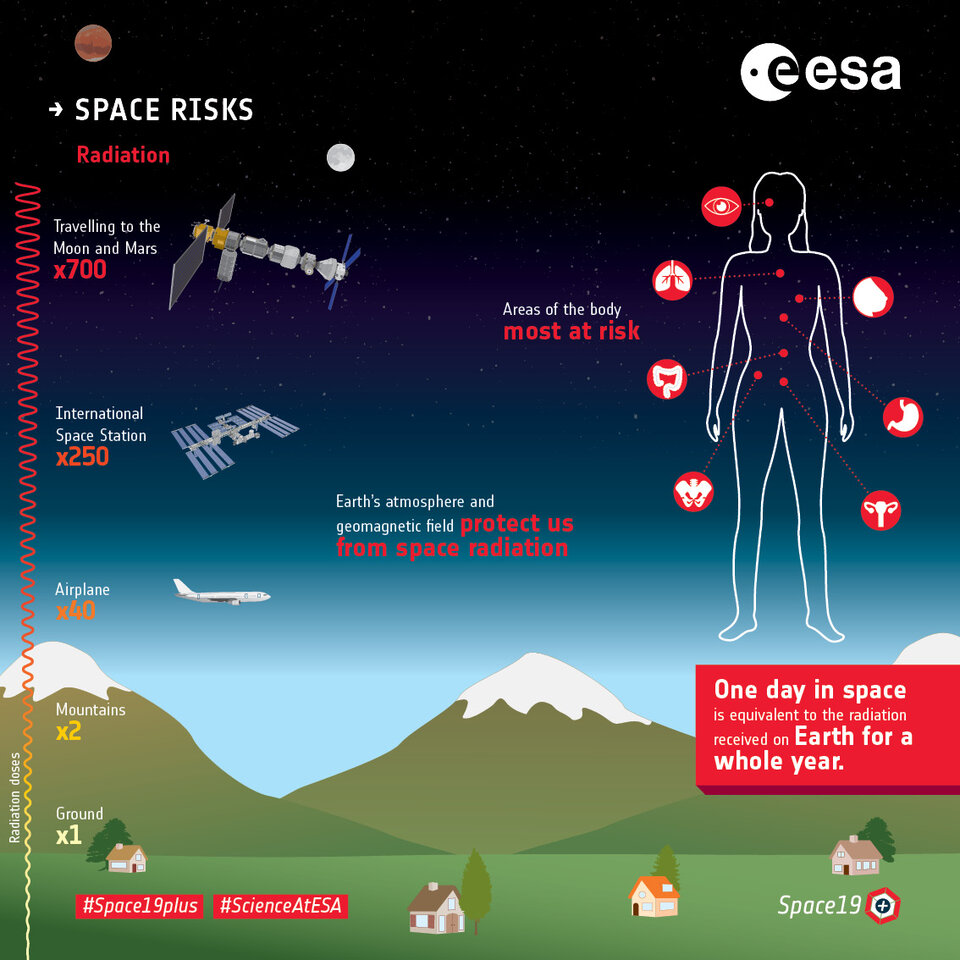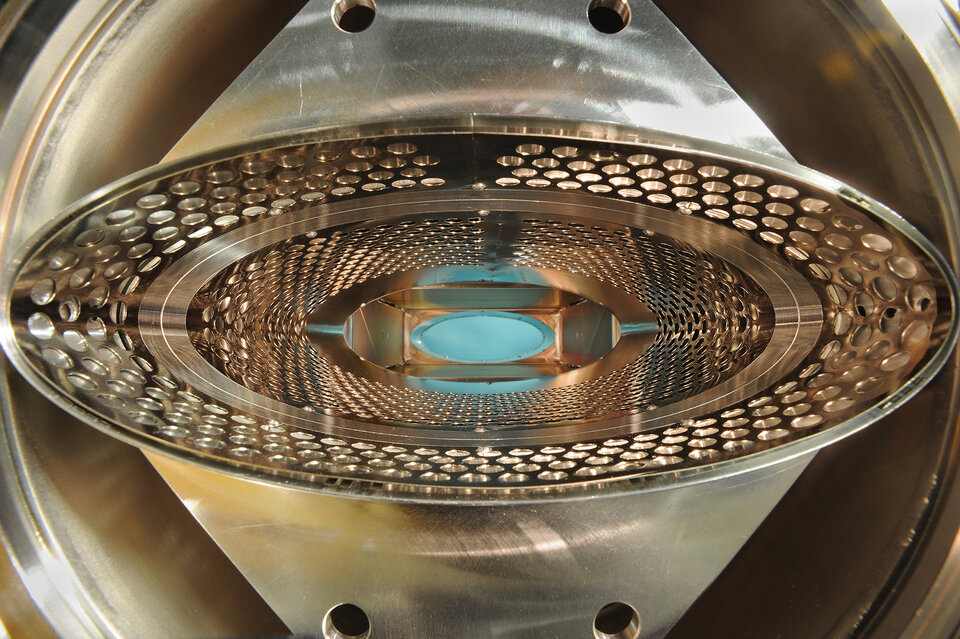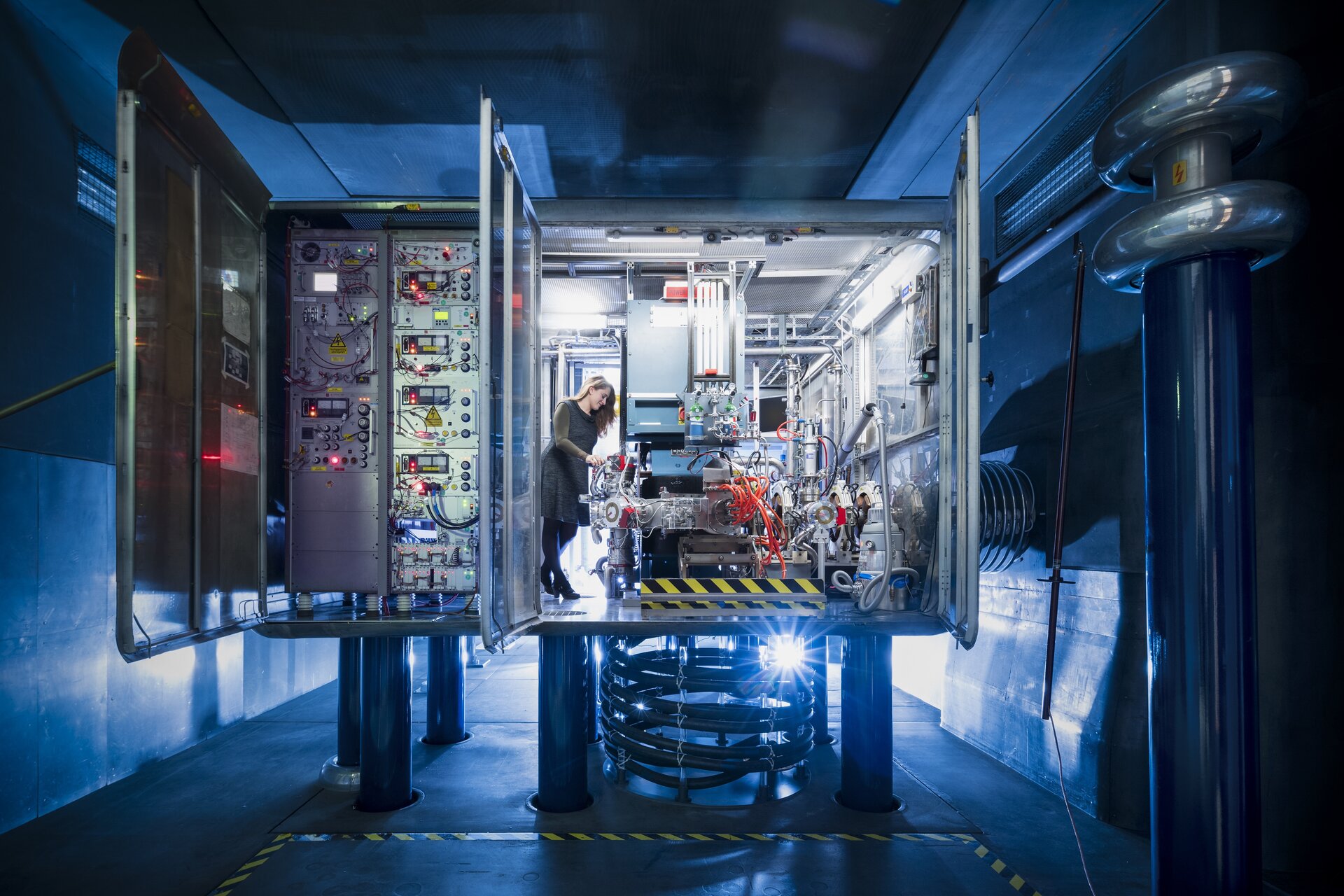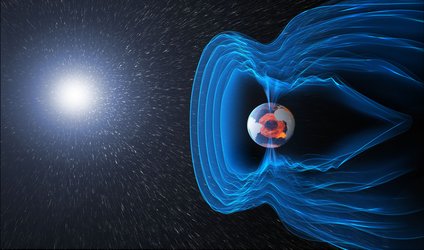Radiation sensitive
There is little known about the effects of space radiation on the human body. Astronauts cannot see or feel it, yet the high doses they are exposed to outside Earth’s cocoon pose health hazards for trips to the Moon and Mars. To help investigate and find out more, European scientists can now accelerate atoms at close to the speed of light to learn how to protect astronauts.
Space radiation passes through matter and penetrates the human body. Energetic particles impact living tissues, impairing normal function of cells and even killing them. An astronaut on a mission to Mars could receive radiation doses up to 700 times higher than on our planet.
This type of radiation is a major concern for space agencies – the constant shelling of cosmic rays could damage crews and jeopardise a mission.

“The radiation risk is characterised by high uncertainty and lack of countermeasures. We need to know more,” says Jennifer Ngo-Anh, ESA’s team leader for human research, biology and physical sciences.
Radiation damage to the human body extends to the brain, heart and the central nervous system.
ESA is opening the doors to research into the biological effects of space radiation. Experiments should investigate radiation doses that astronauts could cope with while staying safe from cancer or other degenerative diseases during and after a mission.
Scientists are encouraged to investigate radiation risks and how to stop them with the right countermeasures.
Accelerating knowledge
ESA is offering access to a high-energy accelerator to recreate cosmic radiation by ‘shooting’ atomic particles to speeds approaching the speed of light.
Experiments will take place at the GSI accelerator facility in Darmstadt, Germany, also known for the discovery of six chemical elements and the development of a new type of tumor therapy using ion beams.

This facility has seen 36 experiments bombarding cells and materials with radiation to address the effects of space radiation. The accelerator will host a workshop in September for researchers interested in its potential.
The results from these studies are not solely space bound. “This research could contribute to better assess ionising radiation risks on Earth and improve charged particle therapy for oncology patients,” says Jennifer.











